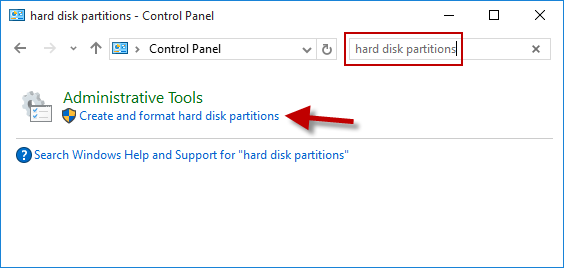

Enter Computer Management through Windows PowerShell
:max_bytes(150000):strip_icc()/001_2626080-5ba5922e46e0fb0057e7581f.jpg)
Open Computer Management Tool through Run Window Use Cortana to Open Computer Management in Windows 10 Use Control Panel to Open Windows 10 Computer Management Open Computer Management in Windows 10 with Windows + X Access Windows 10 Computer Management App through Search Box How to Open Computer Management in Windows 10 from Start Menu Check the 9 ways in this post for how to open Computer Management in Windows 10. The new settings to manage drives and partitions is available starting with build 20197 for testers with devices enrolled in the Dev Channel, but it’s not clear when it will roll out to everyone. Also, it’s still a work in progress, and it’s not as advanced as the legacy management tool, but it’s a beginning.Windows provides a set of computer management tools for users to manage computer’s tasks and performance.
:max_bytes(150000):strip_icc()/Screenshot38-5bd20ce2c9e77c005192ef79.png)
Here’s a video demonstrating everything you can do with the new Settings Disk Management tool: Disk Management in Settings format drive option If you’re dealing with an external drive, the properties page will also include options to delete and format the partition, and you can bring the drive online or offline. You can add a path to the volume, and you can even enable BitLocker on the drive. You can resize the partition with the Change size button. You can select each drive and clicking the Properties button will access another page where you can change the label or drive letter. While in the main page, if you expand the drive, you’ll see the list of partitions with various information (for example, file system, partition type, status, etc.).

There’s also an Advanced Disk Properties option that opens the properties of the drive with Control Panel. In addition, you’ll see the current status and the partition style (for example, GUID Partition Table “GPT”). You can select the drive and clicking the Properties button will give you additional information like name, identification, model, media, capacity, and type. Inside the page, the tool lists all the drives connected to the computer with basic information, such as the disk number, media (SSD or HDD), and whether if the drive is online or offline.



 0 kommentar(er)
0 kommentar(er)
